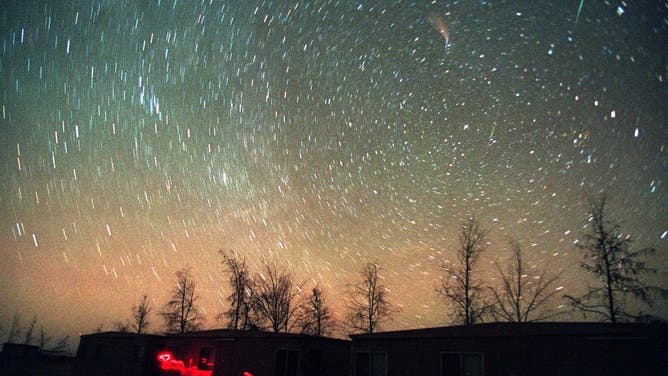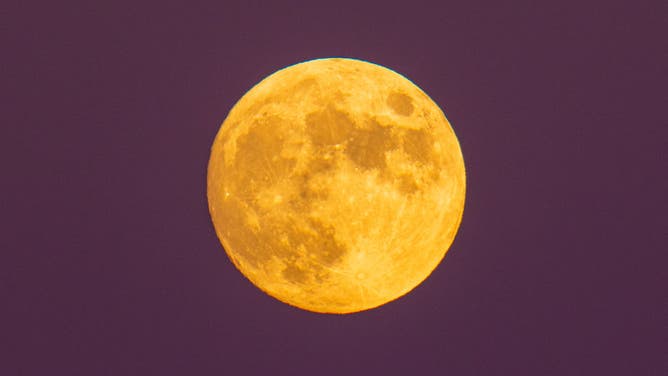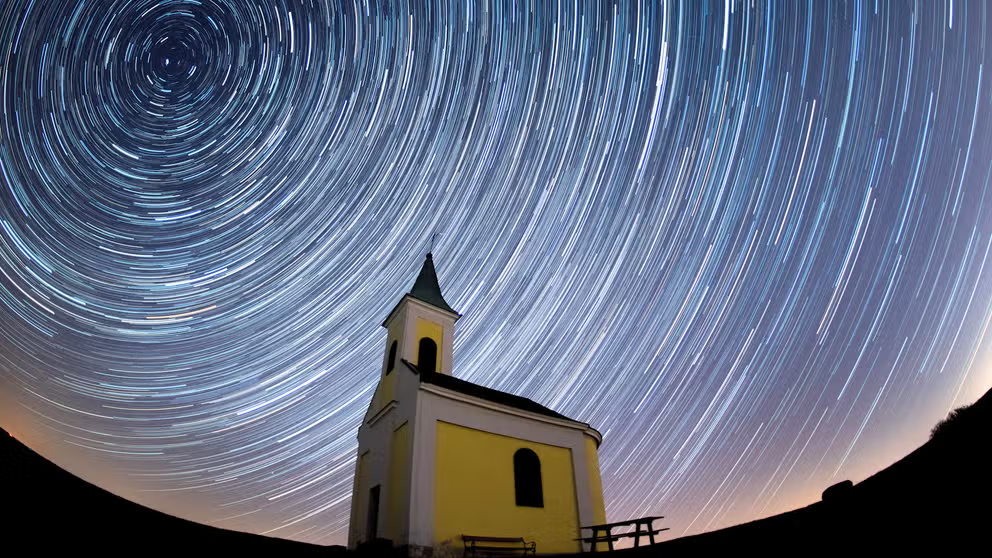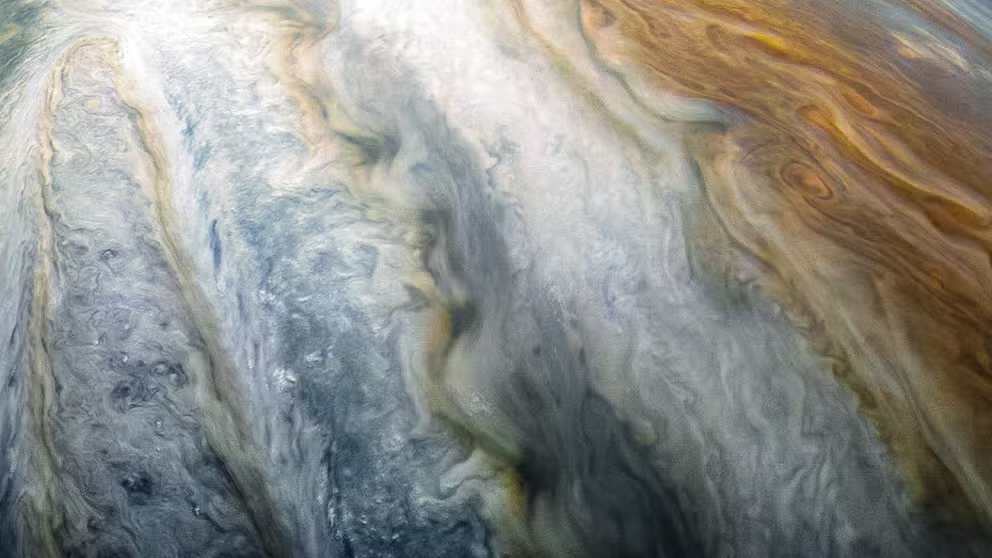November night sky highlights: Jupiter on display, Leonid meteor shower peak
Here's a rundown of sky-gazing events to bookmark for November 2023, including the Leonid meteor shower.
Meteor showers explained: what to know and how to watch
We call them shooting stars, but it's actually meteors that create dazzling streaks of light across our night sky.
Fall is in full swing with optimum star-gazing conditions across most of the U.S., and November offers a bevy of options this month to enjoy looking up at the night sky.
Here's a rundown of sky-gazing events to bookmark for November 2023.
Early November: Jupiter opposition
To start November, Jupiter aligns with the Sun and Earth, reaching what's known as opposition. This makes Jupiter appear at its biggest and brightest.
See stunning photos of Jupiter taken by NASA's Juno orbiter
On July 4, 2016, the Juno spacecraft entered orbit around Jupiter. To celebrate its 50th orbit of the gas giant, NASA released 50 images taken by the spacecraft.
"Opposition occurs when the Sun, Earth and planet lie along a straight line with the Earth in the middle," Lowell Observatory astronomer Dr. Larry Wasserman said in a blog post. "Thus putting the Sun and planet on opposite sides of the Earth, hence the term ‘opposition.’ This means that the planet is as close to the Earth as possible and will appear as big and as bright as it can ever get. This is a great time to take a look and discover Jupiter in opposition for yourself."
Opposition happens on Nov. 3 just after midnight EST, on Nov. 2 at 10 p.m. MST and 9 p.m. PST.
According to NASA, Jupiter opposition happens every 13 months. Last year, it happened at the end of September, during the closest approach to Earth since 1963.
Jupiter will be bright and easiest to spot until mid-December. With a bit of help from a telescope, you can spot Jupiter's most famous weather feature: The Great Red Spot.
Nov. 18: Leonid meteor shower peak
Clear Fall sky gazing conditions continue for the Leonid meteor shower peak in mid-November.
Every year, between November and December, Earth passes through debris from comet 55P/Tempel-Tuttle, resulting in the Leonid meteor shower. Peak activity happens on Nov. 18 when up to 15 meteors per hour could be visible, moving up to 44 miles per second.

A photo from November 18, 1999 shows a Leonid meteor storm over the Azrak desert, 90km east of Amman. The storm packed up to some 1,500 meteors per hour visible with the eye. (Photo by JAMAL NASRALLAH / AFP via Getty Images)
(Getty Images)
Sky gazers hoping to spot a shooting star can step outside after midnight and settle in with a warm blanket in a dark location away from city lights. Add your location to the FOX Weather app to get a forecast for your viewing location, including cloud cover.
If you aren't sure where to watch the meteor shower, the International Dark Sky Association has an interactive map listing dark-sky locations worldwide.
Leonids radiate from the constellation Leo, but don't just look to the radiant to spot a meteor. According to NASA, it's best to look away from the radiant because meteors will appear longer and brighter.
Nov 27: Beaver Moon

File photo: Beaver moon rising behind Gran Sasso dItalia picks is seen from LAquila, Italy, on November 7, 2022. (Photo by Lorenzo Di Cola/NurPhoto via Getty Images)
November's full Moon happens the morning of Nov. 27 and is known as the Beaver Moon.
Peak illumination happens about 2 hours before sunrise on Nov. 27, but the Moon will appear bright and full the night before on Nov. 26.
ULA SETS CHRISTMAS EVE LAUNCH DATE FOR VULCAN'S FIRST MISSION WITH MOON LANDER
The full Beaver Moon gets its name because November is the time of year when beavers begin to shelter in their lodges for winter, according to the Old Farmer's Almanac. The full moon has a number of different Native American names, including the Freezing and Frost Moon, fitting with the winter solstice approaching next month and meteorological winter on Dec. 1.
In December, the final full Moon of the year rises on Dec. 26.

